Tag: affordable housing

When Stanley Construction first met with tenants of Knox-Met Manor to describe their plan to replace the windows of the seven-story building – with the seniors still living in their units – tenants thought it would be impossible. How could they live in a construction zone for six months, with no windows, in the middle of the summer? By the time the project wrapped up, the seniors and the construction team were sad to say goodbye to each other. What happened to bring about this happy ending to a challenging project?
Building Lasting Connections
Throughout the project, the Stanley team demonstrated a remarkable commitment to being senior-friendly, and treated the seniors with the utmost respect, ensuring the work did not come before their Quality of Life.
Over time, the workers’ kindness grew on the tenants, and they formed friendships. One tenant (pictured above with a few of the Stanley crew members) would occasionally prepare lunches for the workers, which the workers appreciated.
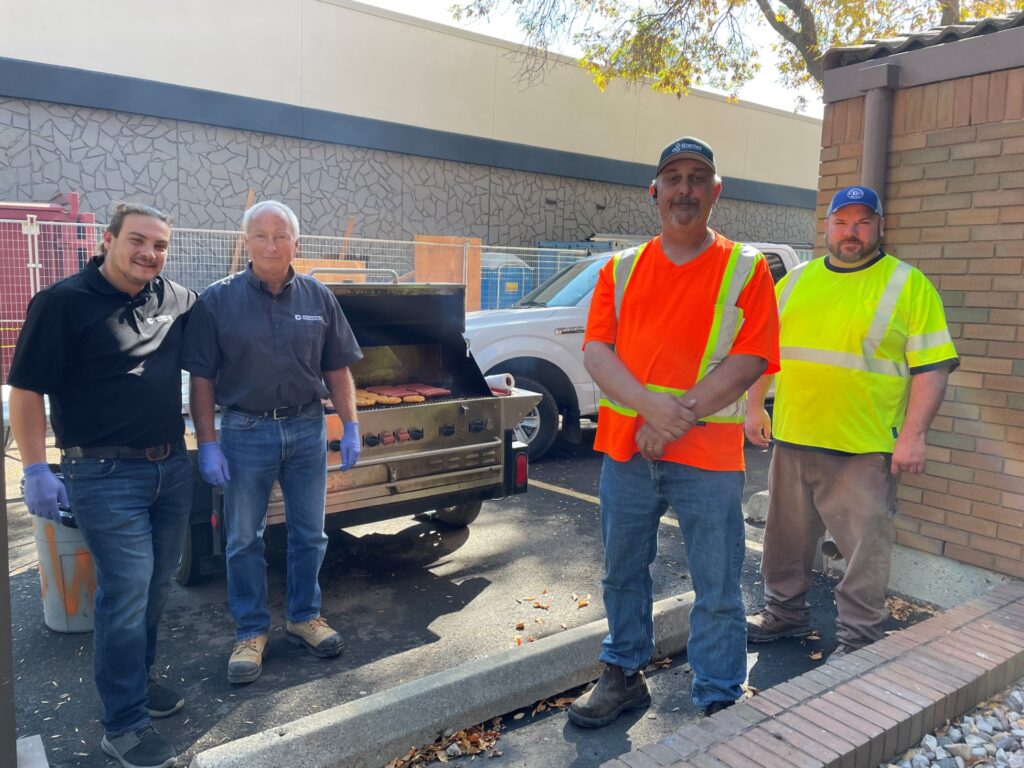
At the September 12 wrap-up BBQ hosted by Stanley with support from Cooper Equipment Rentals, both sides expressed how much they cherished the connections that were formed and how much they will miss one another.
The great new windows were almost a bonus compared to the relationships formed during the construction project!
A Sustainable Upgrade
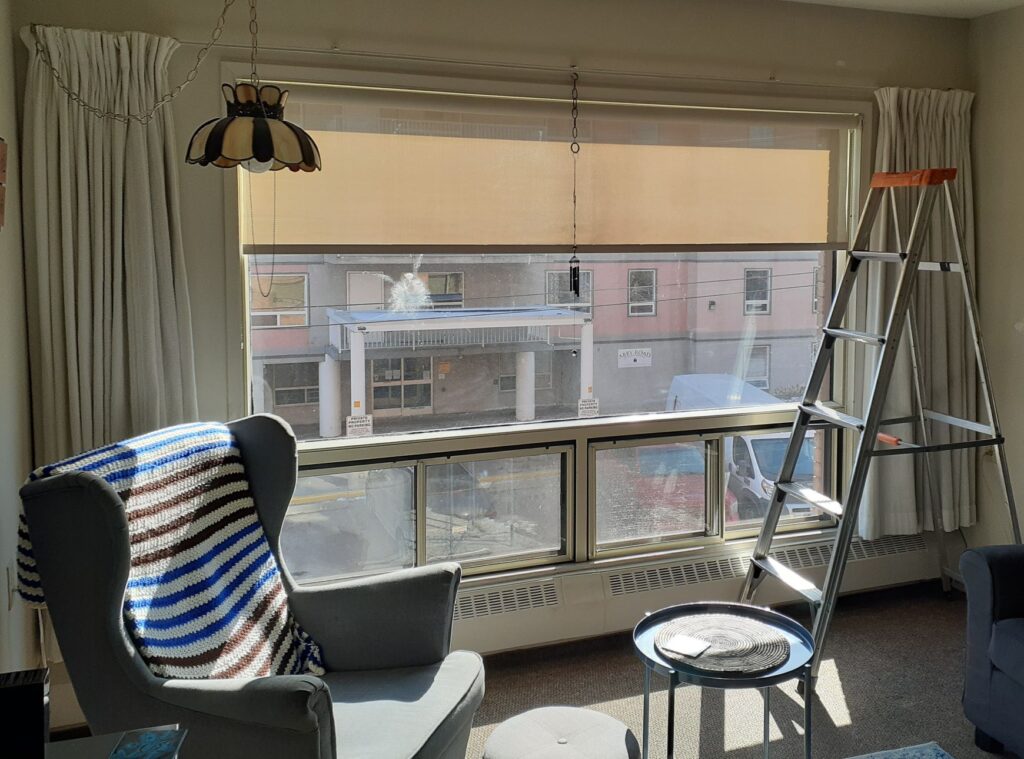
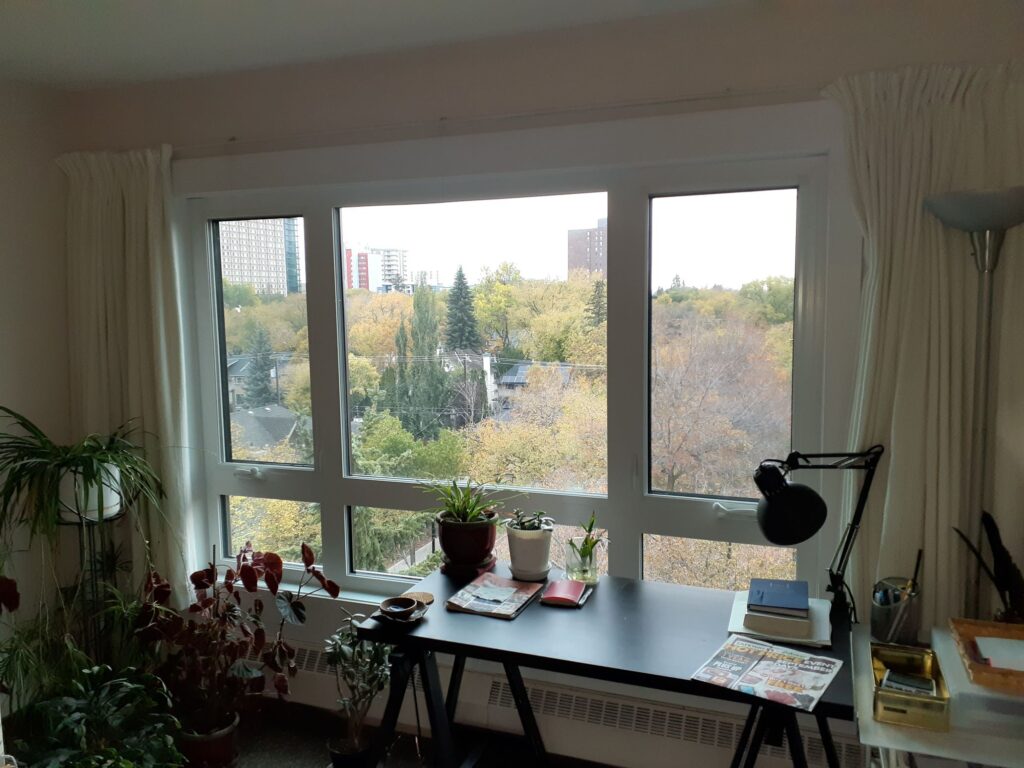
The new windows are triple pane, PVC, casement style windows with a special coating that reflects solar rays, helping to keep the suites cooler in the Summer. In total, 159 suite windows and 18 shared area windows were replaced, contributing to greater energy efficiency.
To further enhance tenant comfort and energy efficiency, GEF made sure to install new roller-type solar shades on all of the suite windows facing south.
Together, We Can Make a Difference
This project exemplifies the kind of partnership we aim to foster between our community partners and the clients we serve. As part of our Quality of Life Philosophy, we promote and encourage relationships between seniors, staff, and communities based on respect, kindness, and compassion.
We invite other vendors and partners to collaborate with us to enrich the lives of seniors and to give back to our community.
Visit our donations page to learn more about our current campaigns and contribute to our Quality of Life fund. Together, we can make a lasting impact on the lives of seniors.
It’s been just over two years since Ottewell Terrace opened its door in the east-end Edmonton neighbourhood. The building added a whole new set of options for seniors living in the area, adding GEF Seniors Housing’s affordable apartments program that sees rent set at 10 to 15 per cent below market value in the area, and set a new standard for how GEF Seniors Housing approached new capital building projects.
“We were already established in the neighbourhood with Ottewell Place lodge and St. Nicholas apartments,” says GEF Seniors Housing CEO Raymond Swonek. “So we knew we wouldn’t encounter any apprehension with affordable housing being built in the area. Rather, what we encountered was a lot of excitement and anticipation for this new building and that drove some really interesting conversations with the community.”
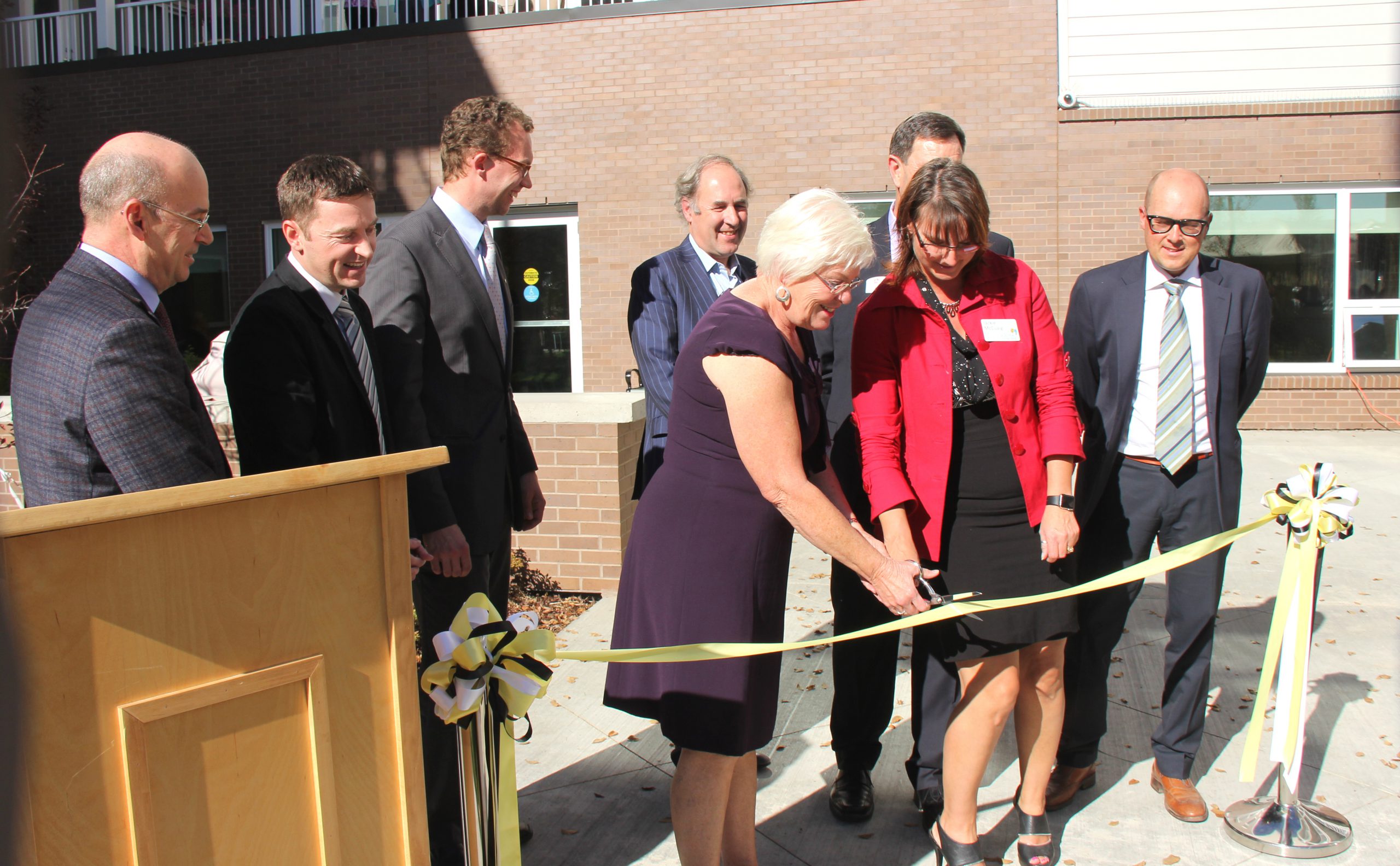
GEF Seniors Housing held community consultation meetings before any ground was broken on the project. This helped to ensure the neighbourhood was on board with the project and that they were kept in the loop throughout the entire process. It was during the community consultation meetings that the idea of integrating a daycare centre into the building came to light.
“I was already aware of all the research that had gone into the benefits of intergenerational programming both for seniors and for children,” Swonek says. “The idea of having easy access to this kind of programming was very appealing for both us and for Primrose Place Family Centre. Since moving in, it’s been a highly successful partnership and brought a lot of value not just to the seniors and the children but to the community as a whole.”
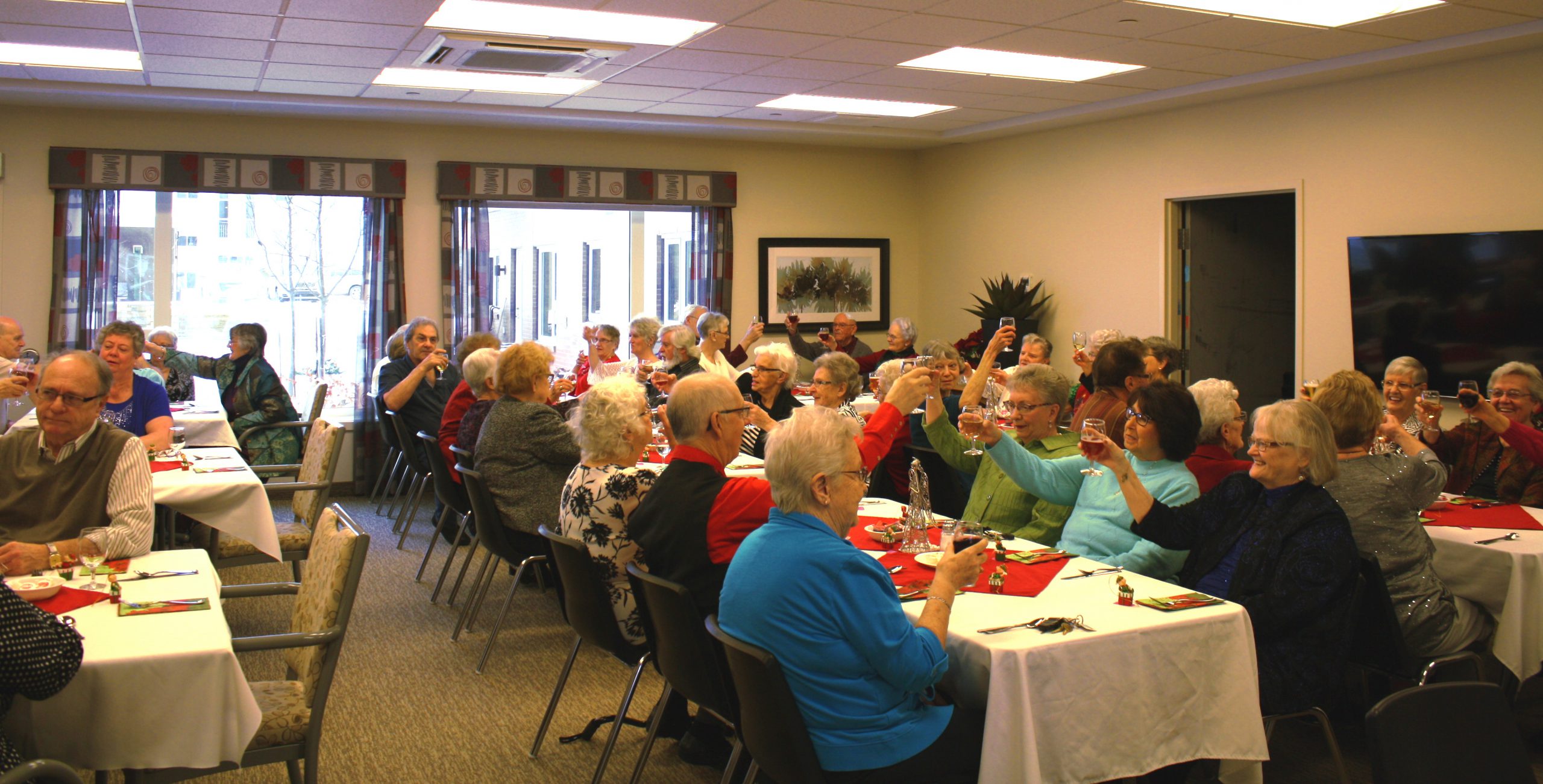
It didn’t take long for the 54 suites in Ottewell Terrace to fill up with seniors excited to call the building their new home. For many of the people who moved into Ottewell Terrace, staying in their community was a big deciding factor for where they were going to live. As neighbourhoods in Edmonton age, so do the people who live in them and Swonek explains that when staying in their own homes is no longer safe or suitable for a good quality of life, affordable housing options need to be readily available in the community.
“A big philosophy we live by is ageing in community,” says Swonek. “We’re seeing this kind of demand for affordable senior housing in a lot of neighbourhoods across Edmonton, especially in older communities like Ottewell. People want to stay in their neighbourhoods, stay close to their friends and family, and keep seeing the same doctors and dentists who know them so well. This easily explains why Ottewell Terrace has become one of our most popular buildings for new applicants.”
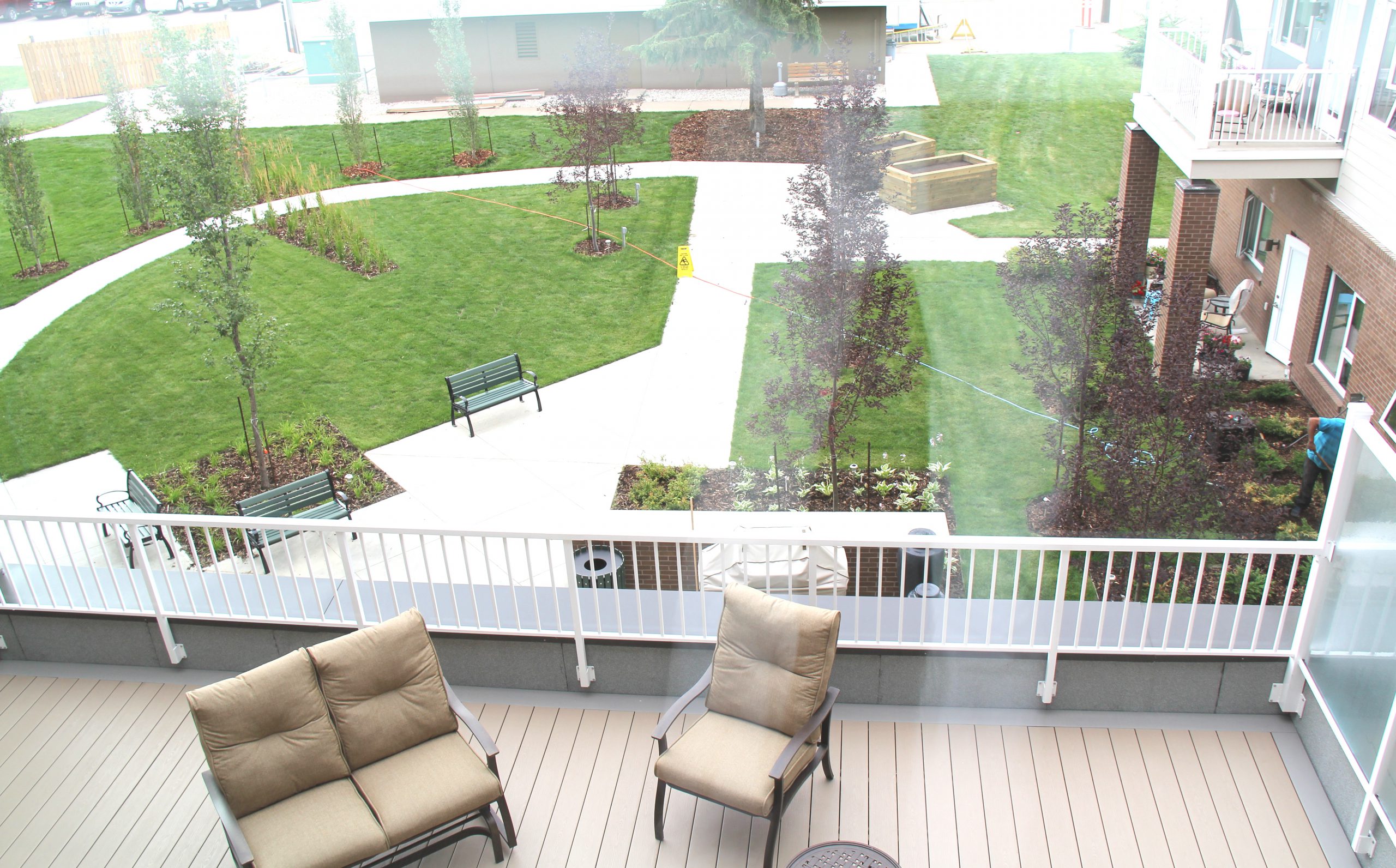
With the success of Ottewell Terrace, Swonek is looking forward to implementing everything GEF learned from the whole process to new capital projects such as Sakaw Terrace and the new development in Elmwood. One of the biggest reminders he had from the Ottewell Terrace project is how much value affordable housing adds to a community.
“You offer people an affordable place to call home and it immediately changes their lives,” says Swonek. “I think every neighbourhood in Edmonton could benefit from having some affordable housing options. Research time and time again shows that mixed communities are healthier and happier places to live. Ottewell Terrace is just one example of how an affordable housing project can add so much value to a community.”
November is Housing Month, a reminder of how important an issue housing is for everyone and how many challenges a lot of people face when trying to find somewhere affordable and accessible to call home. Young adults, families, and seniors are all affected by the rising housing costs in Edmonton. Governments at all levels have realized that housing is a growing issue for many people and are committing new funds and programs to help address these issues. Despite the growing efforts, many people still struggle with simple necessities that so many take for granted.
“If you spend more than 30 percent of your gross monthly income on housing, you’re considered below the poverty line,” says GEF Seniors Housing CEO Raymond Swonek. GEF Seniors Housing is just one organization participating in Housing Month efforts and activities to promote the need for more affordable housing in Edmonton.
“For many Edmontonians, spending only 30 percent of their income on housing seems like an impossible dream. We serve low-income seniors and offer them affordable housing options. We know the need in Edmonton is great, so we take part in Housing Month to help make sure no one ever has to worry about where they will call home.”
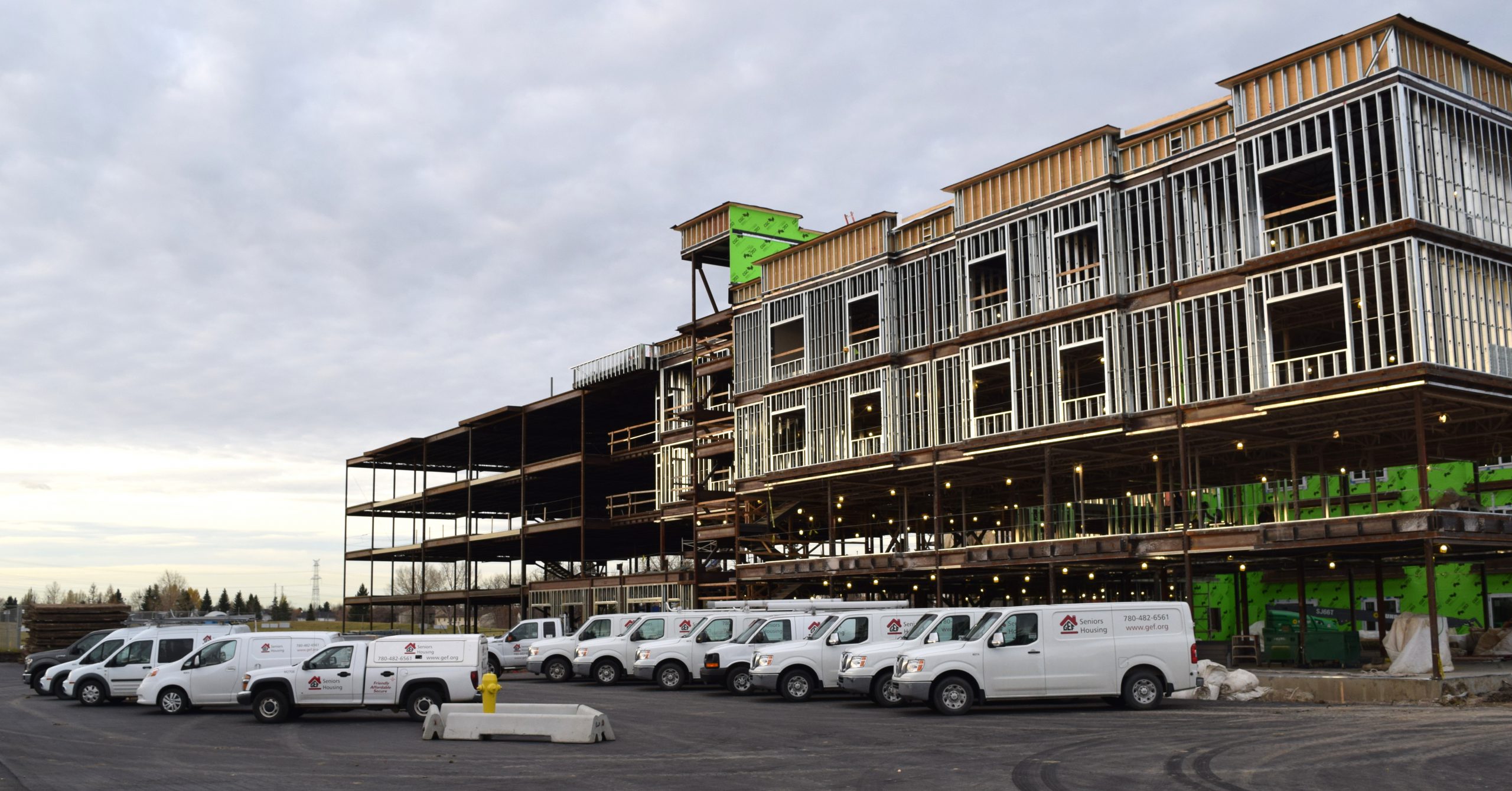
Housing Month started in Toronto with National Housing Day back in 1998. The City of Toronto called out to other municipalities to join them in recognizing the need for affordable housing options in their cities. The City of Edmonton decided to expand on the idea of National Housing Day into a whole month of events, promotions, and publications to educate and inform what affordable and social housing is, how affordable and social housing programs benefit neighbourhoods, and how individuals and communities can help housing organizations serve the people who need the help most.
GEF Seniors Housing is working with the City of Edmonton and other housing organizations such as Homeward Trust, Capital Region Interfaith Housing Initiative, and Capital Region Housing Corporation on a campaign to spur discussions around affordable housing in Edmonton, how to bring more affordable housing to different Edmonton communities, and what steps should be taken to help see more affordable housing projects break ground. Housing Month’s campaign also includes the National Housing Day Luncheon, hosted by Homeward Trust, on Wednesday, November 22, 2017, at the Coast Edmonton Plaza Hotel.
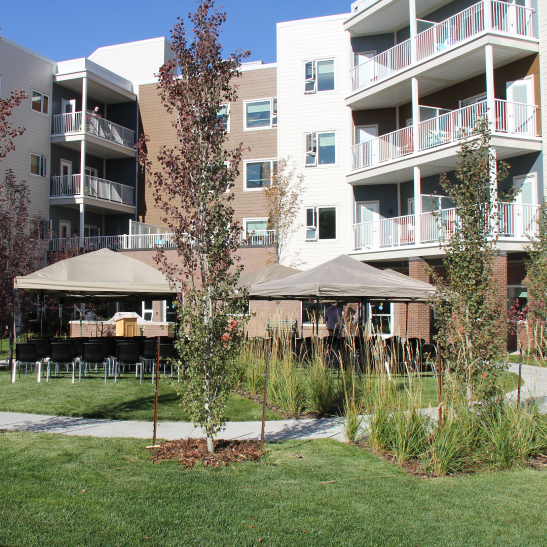
“The partnerships we have with the other housing organizations for Housing Month is part of what makes this campaign so strong,” says Swonek. “Every one of these groups does amazing work in this city and is committed to seeing more affordable housing options available to Edmontonians who are in need. I’m so proud to be part of a city and a community that takes housing so seriously.”
Housing Month seeks to highlight current affordable housing projects being built around Edmonton, showcase current affordable housing buildings already established in the city, and exhibit much of the progress made from the support of all levels of government. Though Housing Month is driven by the City of Edmonton, the Provincial Government, and the Federal Government both have worked on major housing strategies that have benefited Edmonton greatly and even started releasing funds already so that housing organizations can begin work on creating new homes.
“I’m optimistic about the future of housing when I see how much all these different organizations and different governmental bodies are all collaborating with this common goal,” says Swonek. “Housing Month displays so much of the progress we’ve made over the years. I’m excited for more communities to become invested in affordable housing and Housing Month is the perfect way to make those connections and build that support.”